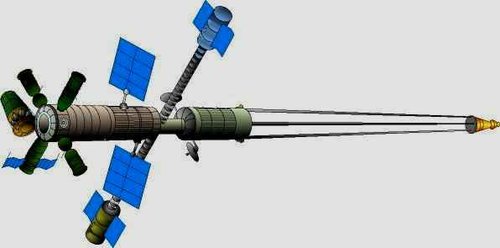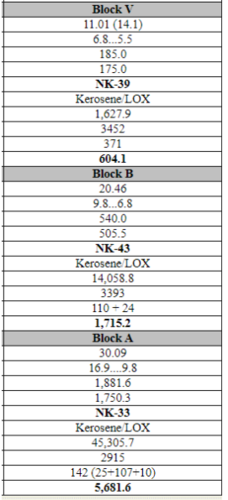Well if they had flown the N-11 in place of the Proton from 1966-67 they would have flight qualified all the upper stages - B, V or B V G. But the first stage, really, it was tricky... Bench testing and hot fires of the Block A before launch never happened, so whatever flaw in the stage or engines erupted in flight, with obvious consequences (KABOOM goes the rocket, 4 times a row, taking the launch pad with it a couple of times).
Despite these incredible odds, the fourth flight on November 23, 1972 was only 14 seconds away from balky first stage separation when the explosion happened. And they were confident enough the fifth flight in August 1974 would make it through. Alas, Glushko and Buran decided otherwise.
The most insane development of the story is that Glushko finally developped a F-1 class engine, the RD-270 (although on storable props).
Not only he did that after screwing Korolev, but he did it for a rival, Chelomei, with a paper rocket only (UR-700). The engine was bench tested, worked rather well, but was never used.





The RD-270 was 600 mt when the N-1 needed 30*150 tons, 4500 mt thrust at lift-off. Eight RD-270s at 4800 mt would have been enough, and this new first stage would have been similar to the Block B, also with eight engines... eight engines, they knew how to make it work.
A pretty worrying issue however would be another "July 1969 explosion" with that big storable stage. Yikes ! In April 1969 a smaller Proton did exactly that, and the pad was so contaminated, only rain saved the day washing the storable props away.
And when asked about this, Chelomei just said "my rockets are reliable, this simply won't happen." sure, man.







